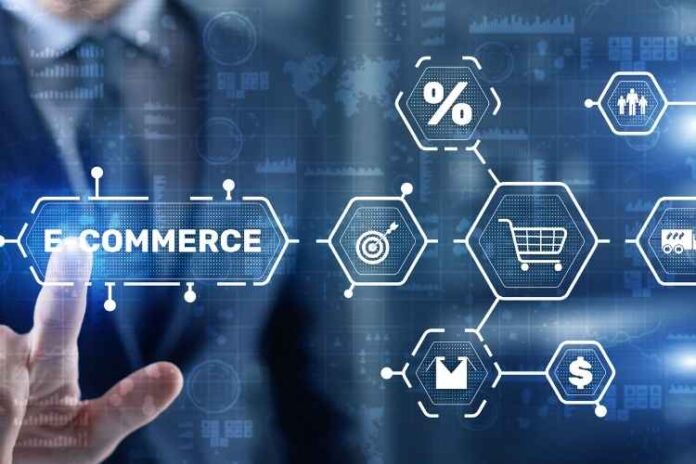1. Choosing the business plan and model
Businesses can choose between two types of models, first having the option of being a single vendor and second being a multi-vendor e-Commerce store.
a.Single vendor marketplace
The benefit of choosing this form of eCommerce business strategy is that it only includes two parties: a single seller who sells several buyers his or her product. As a result, not only is it easier to monitor dealings between two companies, but administrative costs are cheaper when you only have to pay one supplier, and you have greater control over the stock you have had on hand.
b.Marketplace with a lot of different vendors / Multivendor marketplace
This type of model requires several vendors to offer their items to multiple customers, and each vendor must be listed with your site.
It’s worth noting that you have the option of either selling a unique product directly – whether through your own online business or a comparable platform – or allowing other vendors to do business on your site.
You could make a lot of money in the first circumstance. In the second, you will be paid a commission each time one of your brand’s authorized sellers completes a profitable deal.
2. Logo creation
The next stage is to come up with an appropriate name for your company after you’ve decided about which business model you want to follow and have narrowed down the commodities or items you want to offer, as well as the targeted audience you would want to sell your products.
The name of your company should be short and simple to recall and authentic to your brand.
In most cases, it has no other meaning in another language.
Along with this, you should create a finalized logo design for your business.
The next step is to form your company after you’ve settled on a name and logo for your brand.
Of course, the type of formation you choose will depend on whether you intend to run the business on your own or with additional partners. This is significant because if you have chosen a company or partnership firm, you must file tax returns and obtain a tax ID number. This type of online business requires an Employer Identification Number (EIN) to create a business bank account and file taxes in the next fiscal year. Your EIN is a one-of-a-kind number that identifies your company.
If you’ve chosen the sole proprietorship type, though, you won’t need a tax ID number. Alternatively, you can use your assigned Social Security number.
3. Register your online store
The registration and completion of all legal processes for your e-Commerce business in India are now one of the most important components of the process.
Apply for a Director’s Identification Number (DIN), which can be obtained by downloading the DIN application (DIN 3 form) from the Ministry of Corporate Affairs’ official website. You can also apply for a DIN by attaching and submitting the required documents online.
Ensure that you have your Permanent Account Number (PAN) as well as your Digital Signature Certification.
4. Opening a bank account
You’ll need to open a bank account for your company after it’s formally registered under the Act. The account will be opened with any bank, but it must be under the company’s formal name.
If you’ve decided to run your internet business as a sole proprietorship, you’ll need to register for GST, which will allow you to create a bank account in your company’s name.
In this situation, once your bank account is created, you may start listing the things you’ll offer on your e-Commerce website and eventually ecommerce app to get a payment method and set it up.
5. Create an eCommerce website
You have the option of using an existing platform or creating your own from scratch when creating your website using the ecommerce website builder. Both have different advantages, however, most people choose to develop a website from the ground up.
Using a ready-made platform
The benefit of choosing ready-made platforms like WordPress or Wix is that they provide you with ready-made templates that are tailored to the type of online business you want to run.
If your online business is in the fashion industry, for example, the template should be bright, with enough room for a lot of visual information, as well as a page for placing shipping orders.
6. Logistics
In order to run a successful eCommerce business in India, you must first complete this stage. The process of transporting an order to a client or transporting products to a merchant is referred to as logistics. This procedure also keeps track of shipping products in transit until they have been delivered to the specified customer.
To this aim, logistics management entails locating and establishing distributor firms with whom to partner. The majority of eCommerce business owners tend to outsource their logistics to a third-party warehousing and distribution company.

























